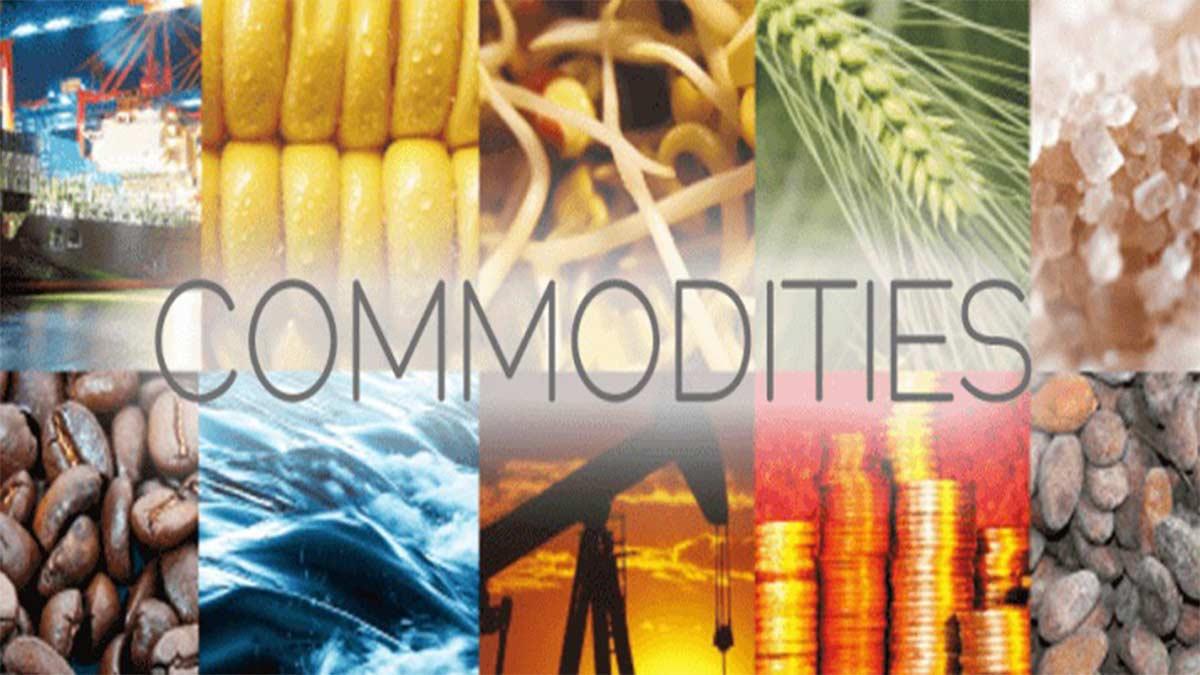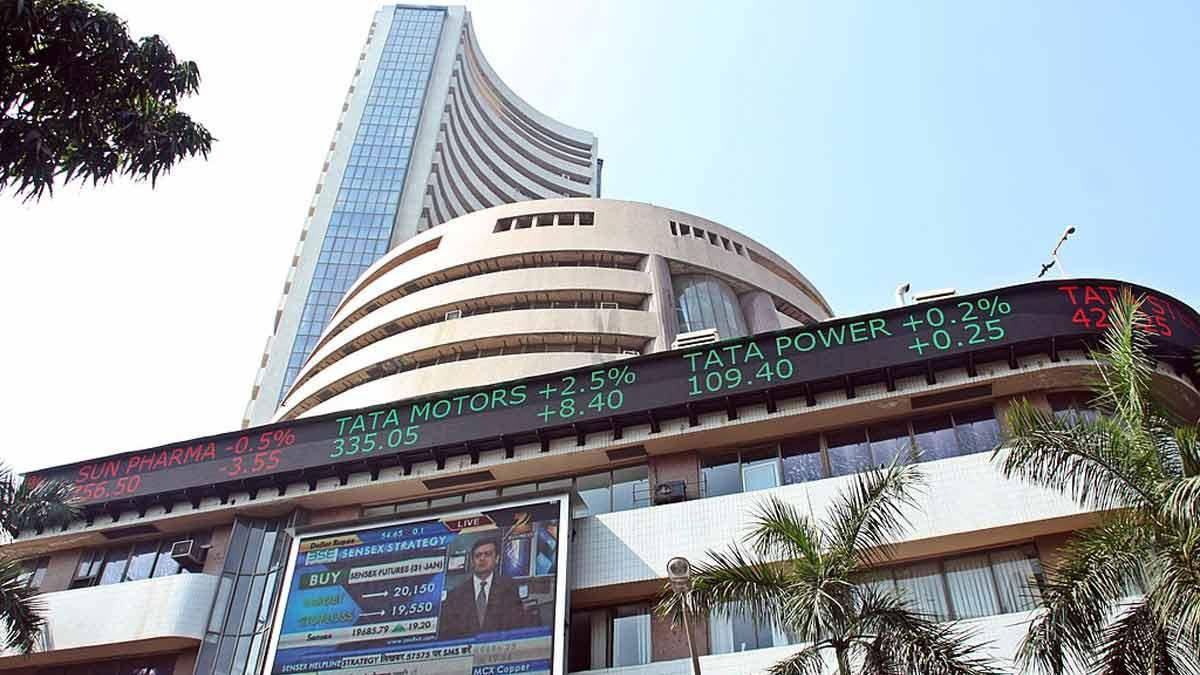During 2024 the commodities sector will revolve around four major themes -- slowing global growth, interest rate cuts, geopolitical conflicts and general elections in major economies, said Naveen Mathur, Director, Commodities & Currencies, Anand Rathi Shares and Stock Brokers.
He said the coming year will see 78 elections across the world, over half of which will choose a new president which will likely bring changes in the monetary policies of major economies, keeping inflation down.
Looking back at 2023 Mathur said, it was a year of disappointment for most traded commodities with the exception of precious metals and a few other metal commodities such as iron ore witnessing a recovery in the latter half of the year.
In an interview with IANS, Mathur looks at the head and tailwinds for the commodities sector in 2024 as well as looking back at 2023.
IANS: On the tailwinds to drive the commodities sector in 2024
Mathur: Slowing global growth amid interest rate cuts could augment the safe haven appeal of gold where fresh new highs could be witnessed in 2024. Silver on the other hand could also deliver positive returns amid investment demand to remain robust due to cooling global growth which could offset slowdown in physical demand elsewhere.
Despite global slowdown fears, value in the base metals such as copper remains intact in the light of the long-term structural trends. They may be the key players in the green revolution that will involve all sectors of our society.
There is indeed a huge need for raw materials to be met; technologies such as wind, solar, electric vehicles but also the nuclear sector, require a large amount of input.
IANS: What are the challenges or the headwinds that the commodities sector would likely face in the coming year?
Mathur: The year 2024 could revolve around four key themes: slowing global growth, interest rate cuts, geopolitical conflicts, general elections in major economies.
In addition, the heightened geopolitical environment will likely persist through 2024 where 78 elections are scheduled across the world, over half of which will choose a new president. Such a concentration of political risk into one single year is certainly historic and could bring about the necessary changes in the monetary policies of the major economies keeping inflation subdued.
Demand scenarios particularly in base metals and energy commodities could remain impacted by the slowdown in the developed economies in the second half of the year such as the US and China.
New mining investments could also remain impacted by higher interest rates and global slowdown fears. Meanwhile, constrained supply could be offset by demand concerns from leading consumers such as China. On the other hand, a weaker dollar could limit a sharp downside leading to a subdued trend for most base metal commodities.
In terms of precious metals demand, overall gold investment may grow modestly in 2024, but physical investment in bars and coins might soften as higher prices start to bite demand for retail investors who look for hedges against inflation as signs of cooling appear.
IANS: On the possible demand and supply trends in 2024
Mathur: Supply could remain constrained in terms of new mining investments as interest rates could remain at higher levels in the first half of next year. Global demand slowdown concerns could also emerge amid cooling economic conditions.
Hence expectations remain of a further decline in metal prices from 2023 levels on slowing demand offsetting constrained supply before it stabilises in 2025 as demand recovers. Besides metals, the energy markets along with agricultural commodities pose a supply threat and might disturb trade flows in case the on-going geopolitical tensions escalate further.
IANS: What is the likely price trend you expect in 2024 and your views on the sector looking back at 2023?
Mathur: 2023 was a year of disappointment for most traded commodities with the exception of precious metals and a few other metal commodities such as iron ore witnessing recovery in the latter half of the year.
Looking back at 2023, major factors which contributed to the performance of commodities were peak interest rates, declining inflationary scenario, geopolitical conflicts in the Middle East, as well as steady global growth. Energy prices witnessed a roller coaster ride in the current year with natural gas remaining the most bearish commodity.
Base metals were also one of the major losers as China struggled throughout the year to revive its growth. Agricultural commodities remained largely subdued in 2023.
Among precious metals which outperformed most traded commodities in 2023, we anticipate investment demand especially in gold to remain bright in 2024 amid a high gloomy scenario for global growth where a safe haven appeal in the yellow metal has already led to all-time high prices in the current year. The impact of weaker supply-demand fundamentals on the price of gold may remain limited in 2024 after the metal may prove resilient amid an oversupply in 2023.
The driving force for gold remains a record-high central bank gold purchase which was nearly 1,100 tons in 2022 and with 2023 shaping up for a similar level. Central banks buying patterns historically remain unchanged over a prolonged period, hence robust buying to remain a major feature over the next 2-3 years.
Gold ETF investors are expected to add to their holdings in 2024 after three years of outflows as expectations advance for rate cuts by midyear. Outflows in 2023 so far exceed those in 2022 by almost 80 tons which is expected to turn into inflows in 2024.
Among other precious metals, silver is also expected to remain a bright spot for 2024, as continued deficit projections along with investment demand may push the white metal to give a further 12-15% returns after having a bullish 2023.
For the energy markets, year 2023 was a stable year particularly in the aftermath of the Covid-19 pandemic and the geopolitical tensions notably Russia's invasion of Ukraine.
NYMEX crude oil futures posted about 6% losses in 2023, trading largely in the $70s during most part of the year, except in Q3 wherein OPEC plus countries’ additional cuts flipped markets into supply deficit leading to a temporary surge in prices towards $95 per bbl.
In 2024, crude oil balances may remain in surplus amid the slowdown in major economies and increase in Non-OPEC supplies. OPEC plus nation cuts along with the supply threat emerging from geopolitical tensions will bring in temporary upside in the oil prices from time to time.
However, in the wake of the deteriorating demand growth amid a bleak macro picture, a sustainable up-move is unlikely and prices may largely remain under pressure in 2024.
Looking back to base metals in 2023 with the exception of copper, base metals have remained lacklustre despite attempts by China trying to stimulate its economy by initiating a cut in interest rates, pushing a Yuan 1 trillion lending programme along with relaxing home buying in many provinces.
Such measures were unable to bring significant meaningful advances in growth leading to an impact on demand for base metal commodities.
Talking about natural gas, 2023 witnessed about a 45% fall in the gas prices as demand remained subdued due to the fact that most of the 2023 winter has been relatively mild. Storage levels both in the US and Europe remained much above the average during most part of the year.
Now, since the 2023-24 heating season has commenced with full storage levels, the upcoming winters hold the key, driving the gas prices. Meanwhile, a large portion of LNG capacity additions in 2024 are likely to be driven by the US, which will see export demand growing. Thus downside in gas prices seems to be limited.
As far as agricultural commodities are concerned, 2023 has been a stable year as supply side fundamentals mostly stabilised for the commodities including maize, soybeans and wheat.
However, soft commodities like sugar, coffee, and cocoa have rallied through 2023 amid a El-Nino-related dryness in much of Southeast Asia, India, Australia, and parts of Africa.
Bloomberg Agri commodities sub index declined 8% approximately in 2023. The El Nino weather phenomenon declared in June 2023 may create new challenges in different parts of the world in the coming year. Indonesian palm oil and Australian wheat production is generally affected during El Nino while the same phenomenon proves beneficial for crops in Southern Brazil, Argentina, and parts of the US.
Read also| Finance Ministry Forecasts Robust GDP Growth Exceeding 6.5% in 2023-24
Read also| Core Sector Industries Report Strong 7.8% Growth in November


















